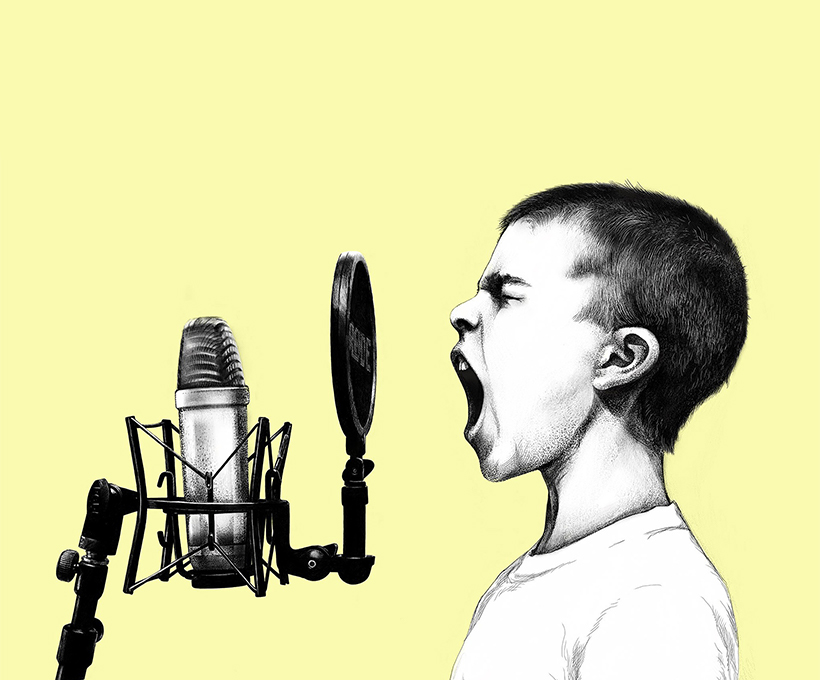When selecting a microphone online, do you understand the technical parameters on the product details page? Are you confused by the complicated technical terms? These technical parameters often imply important performance and characteristics of the product and play a very critical role in choosing a good microphone. This article teaches you to quickly and easily understand some necessary technical parameters and choose the right microphone.
Next, I will only introduce a few types of technical parameters that are highly related to the microphone sound quality. Let’s start!
- Types of microphones: the two most widely used are condenser microphones and dynamic microphones. The dynamic microphone is characterized by low sound sensitivity and cannot obtain fine and rich sound details, but it is suitable for use in noisy environments and can effectively shield background noise while highlighting the human voice. Condenser microphones, on the contrary, have a very fine sound, but are easy to pick up background noise and have a fragile structure. They are suitable for use in a quiet environment.
Examples of classic models: Shure SM58 and RØDE NT1

2. Directivity: the most common are omnidirectional, cardioid, and super-cardioid.
*Omnidirectional: 360-degree Omni-directional recording, no matter which angle of the microphone, the sound will be evenly recorded. as the picture shows. Suitable for picking up outdoor ambient sound.
Example: Audio Technica AT4022, Sennheiser MD42

*Cardioid direction: cardioid microphone captures the sound from the front of the speaker to a maximum of 130° on-axis area and offers maximum rejection at the rear. It is suitable for vocal recording, stage performance, and speech.
Example: Shure KSM8, Shure PGA 48.

*Super-cardioid: compared with cardioid, super-cardioid records a narrower range of sound directly in front of the microphone, about 110° on-axis area. A small range of rear sounds will also be recorded. Due to the small radio range and high requirements on the radio angle, it is not recommended for novices. A cardioid microphone is sufficient. Mostly used for conference gooseneck microphones.
Example: Shure MX418

3. Frequency response: this parameter is related to the fineness of the sound. The wider the frequency response, the richer the sound details collected by the microphone. The human audible frequency range is 20HZ-20kHZ. So a frequency response of 20HZ-20kHZ is sufficient. Generally speaking, the frequency response of a condenser microphone will be wider than that of a moving coil.
4. Signal-to-noise ratio: the ratio of signal to noise, which refers to the ratio of the sound you need to the unwanted background noise. The larger the ratio, the better performance of a microphone.
Summary:
1. Condenser microphones are recommended for quiet environments, and the sound is delicate and rich. If the environment is noisy and the human voice needs to be emphasized, it is recommended to use a dynamic microphone that is strong against background noise.
2. Use in general occasions such as public speaking, live broadcast, singing, online chat, etc., cardioid polarity can be satisfied. The cardioid direction is also the most widely used.
3. Sound quality part:
A. The signal-to-noise ratio, the larger the better, preferably more than 75dB.
B. The wider the frequency response, the better, preferably close to 20HZ-20kHZ. The wider the frequency response, the more low-frequency and high-frequency sound details can be picked up, and it is easier to hear your own voice. Singing and speaking will be also easier and effortless.

